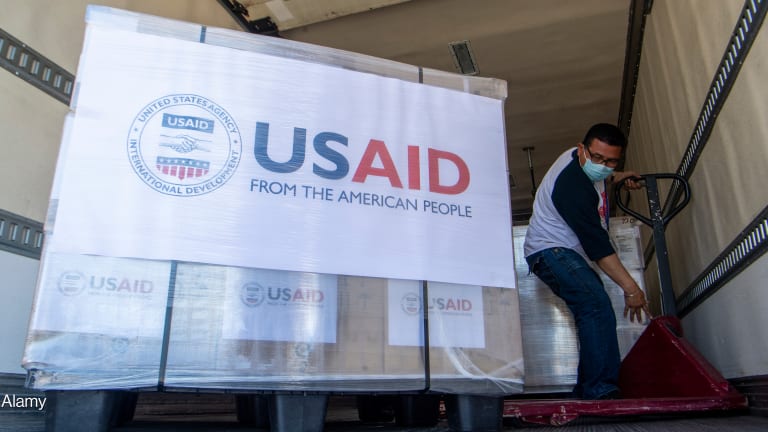This year’s World Bank-IMF Spring Meetings take place in the aftermath of massive U.S. foreign assistance and staffing cuts and the reorganization of U.S. development and humanitarian aid. But could the promised consolidation of what’s left of the human and financial resources, technical expertise, and diplomacy provide an opportunity to finally tackle the plight of billions of people living in acute poverty, conflict, and humanitarian crises?
After cutting most of the U.S. Agency for International Development’s programs and staff, the Trump administration’s announcement that it intends to move the remaining functions of the agency into the Department of State provides an opportunity to reconsider the relationship between short-term humanitarian assistance and long-term development aid. In a context of very limited resources, we need clarity about the problem we’re trying to solve and the resources and expertise we need to solve it.
Over the last 20 years or so, as violent conflicts increased and the U.S. role in them grew, the U.S. Congress provided additional humanitarian funding along with supplemental war spending. Before long, U.S. humanitarian budgets that hovered under $1 billion in the early 2000s were suddenly nearing $20 billion. The United States was easily the largest humanitarian aid donor globally, with no other donor or group of donors coming close to matching its expenditures.








